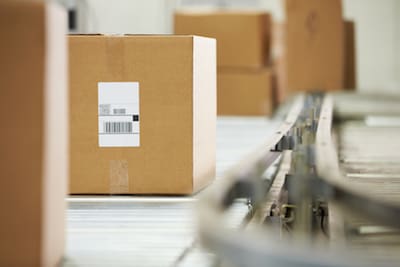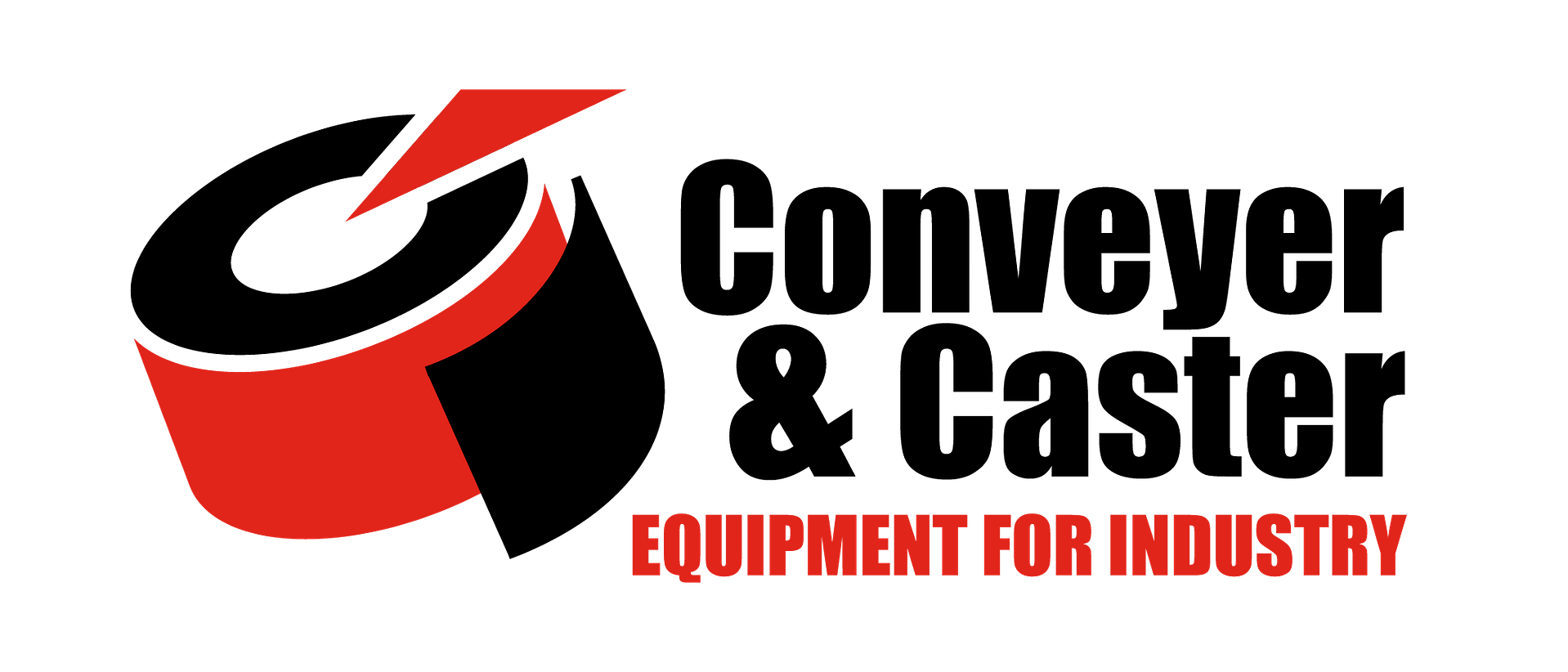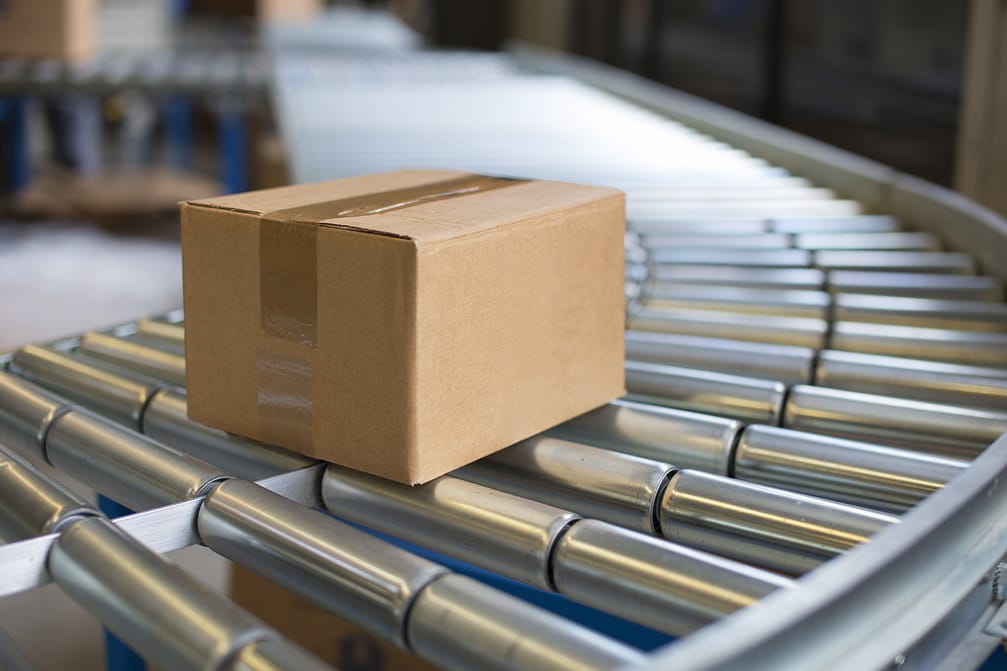Damage is inevitable over the lifespan of a warehouse or manufacturing plant and can be caused by both employees and machinery. A piece of equipment that might boost improved efficiency can result in wear and tear that hinders other aspects of your business. However, by implementing a conveyor system, you’ll be able to limit some of the damage done to your facility caused by day to day operation.
Humans make mistakes

Generally, user error when operating a fork truck can result in damage to buildings, columns, racks, and docks. The operator could look away for a brief moment and bump into virtually any part of your facility. While the initial damage might not be significant, continued damage to your facility can add up. Mistakes happen, however, implementing an alternative material handling solution (i.e. a conveyor system) can help minimize damage caused by human error. When a conveyor system is installed, the need for fork trucks is greatly reduced.
When moving products day in and day out, predetermined paths are ideal. Conveyor systems utilize predetermined paths to move loads from point A to point B seamlessly – fork trucks do not. Unless otherwise mapped out, fork trucks can move about facilities freely. If the operator stops paying attention, he or she can bump into something or someone. Conveyors ultimately remove the arbitrary character that comes with manually moving products.
But drivers aren’t always the problem
Another vehicle commonly used in warehouses is the automated guided vehicle (AGV). These vehicles are also another source of floor damage. AGVs follow the same path most, if not every, day. As a result, the floor along the determined path begins to wear. The casters of the AGVs also cause abuse to your floors. Damaged floors can cause a host of problems. Raised above the floor, conveyors normally reduce damage to your floors, save anchoring holes. An added bonus: conveyor systems can be mounted from columns, so you’d be able to take advantage of open floor space and get one step closer to optimizing your facility.
Ultimately, conveyor systems reduce risk and improve overall operational performance. Unplanned halts in production, potentially caused by an errant forklift operator, are also minimized allowing your product handling process to operate smoothly. If you are considering implementing a conveyor system of your own, be sure to reach out to a material handling solutions expert for assistance.
Do you have other tips for preventing damage to your warehouse or plant? Share your thoughts in the comments.
Keep up with us!
Stay up to date on the latest industry news and our work at Conveyer & Caster – Equipment for Industry by subscribing to our blog








